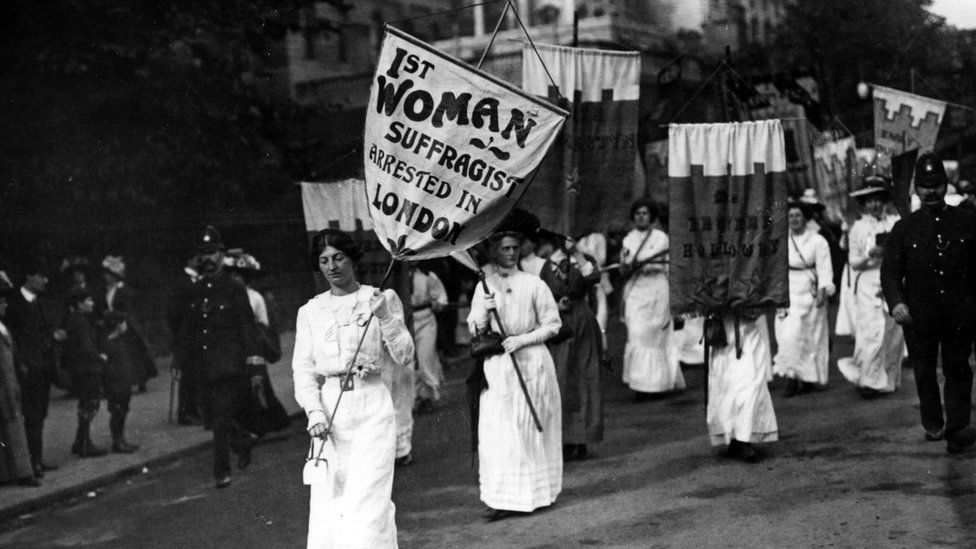Red Fightback views the toilet as a site for a wide variety of political and liberatory struggles. We view it as necessary to organise and work for the widespread provision of free, gender-neutral, universally accessible toilets, access to which is not policed, charged or gated. Red Fightback understands that the matter of public toilet access cuts across many oppressed peoples’ struggles for liberation. We are calling for actions directly targeting individual political and administrative figures, with slogans that make clear that toilets are a universal need, threatening to associate their name with toilets and their non-provision
THE HISTORY OF WOMEN'S TOILETS IN BRITAIN
In Victorian Britain, most public toilets were designed for men. Of course, this affected women’s ability to leave the home, as women who wished to travel had to plan their route to include areas where they could relieve themselves. Thus, women never travelled much further than where family and friends resided. This is often called the ‘urinary leash’, as women could only go so far as their bladders would allow them.

Britain has lost an estimated 50% of its public toilets in the past 10 years. This is a problem for everyone, and for some it is so acute that they are either dehydrating before going out or not leaving home at all





No comments:
Post a Comment